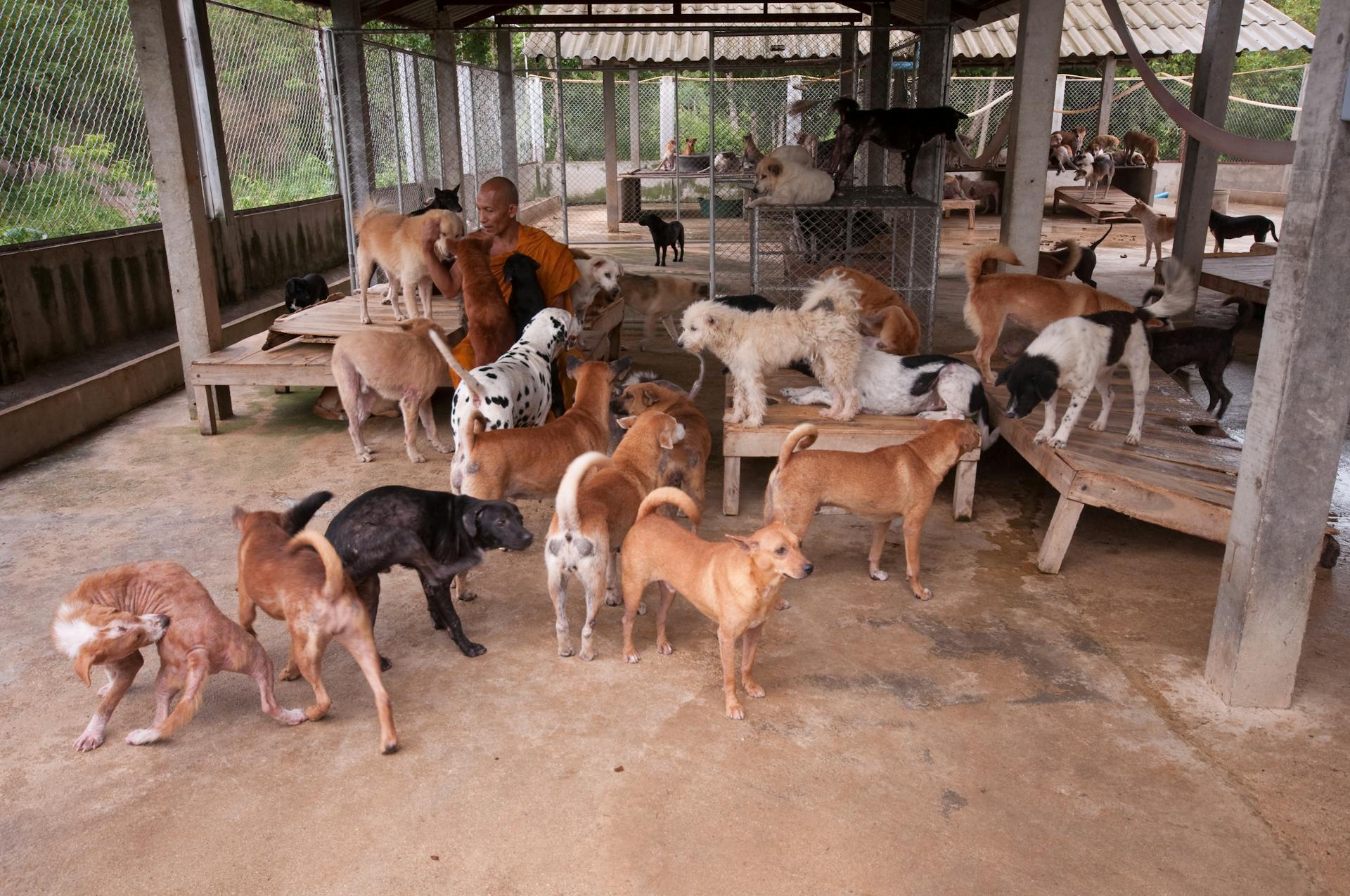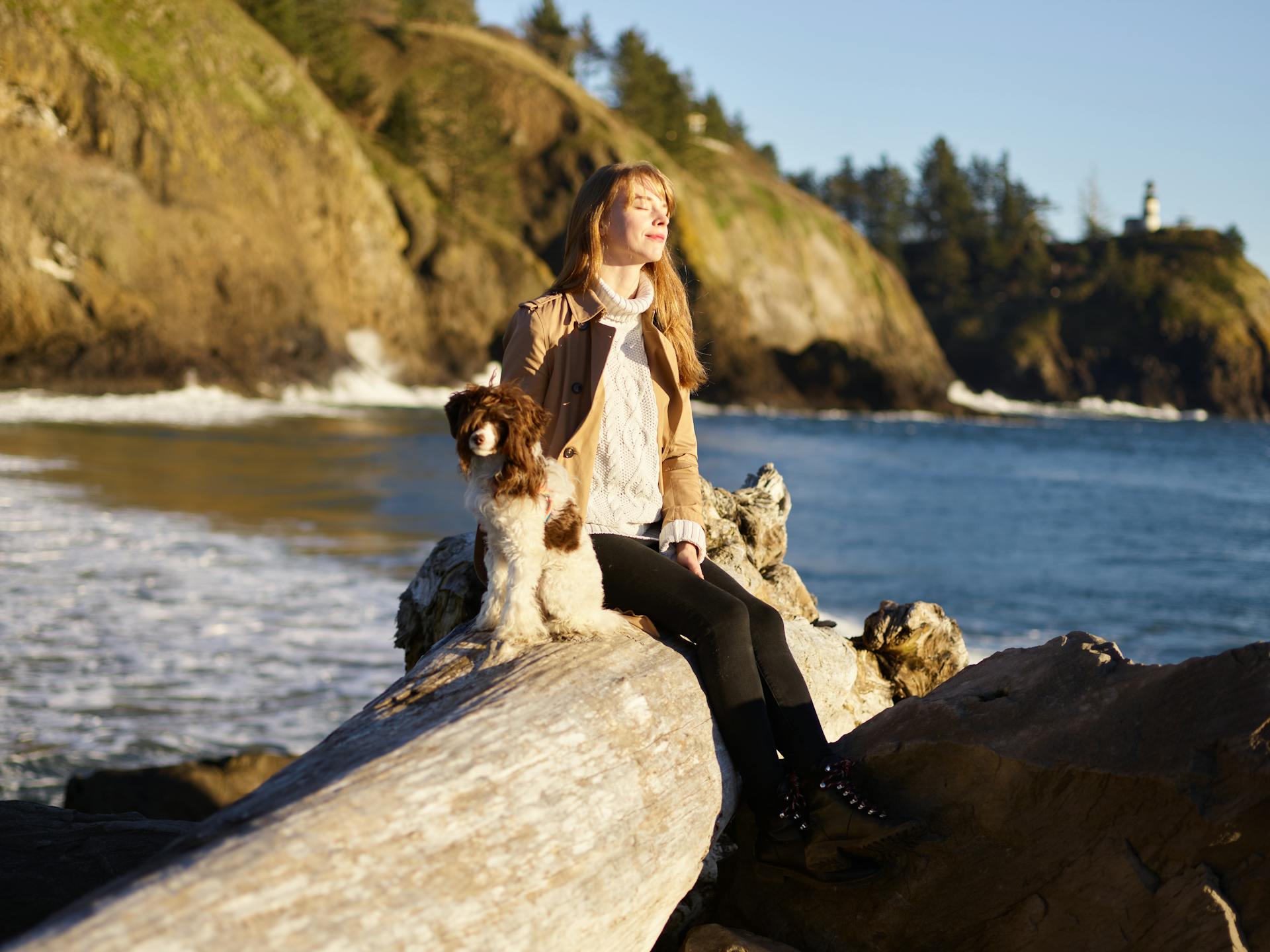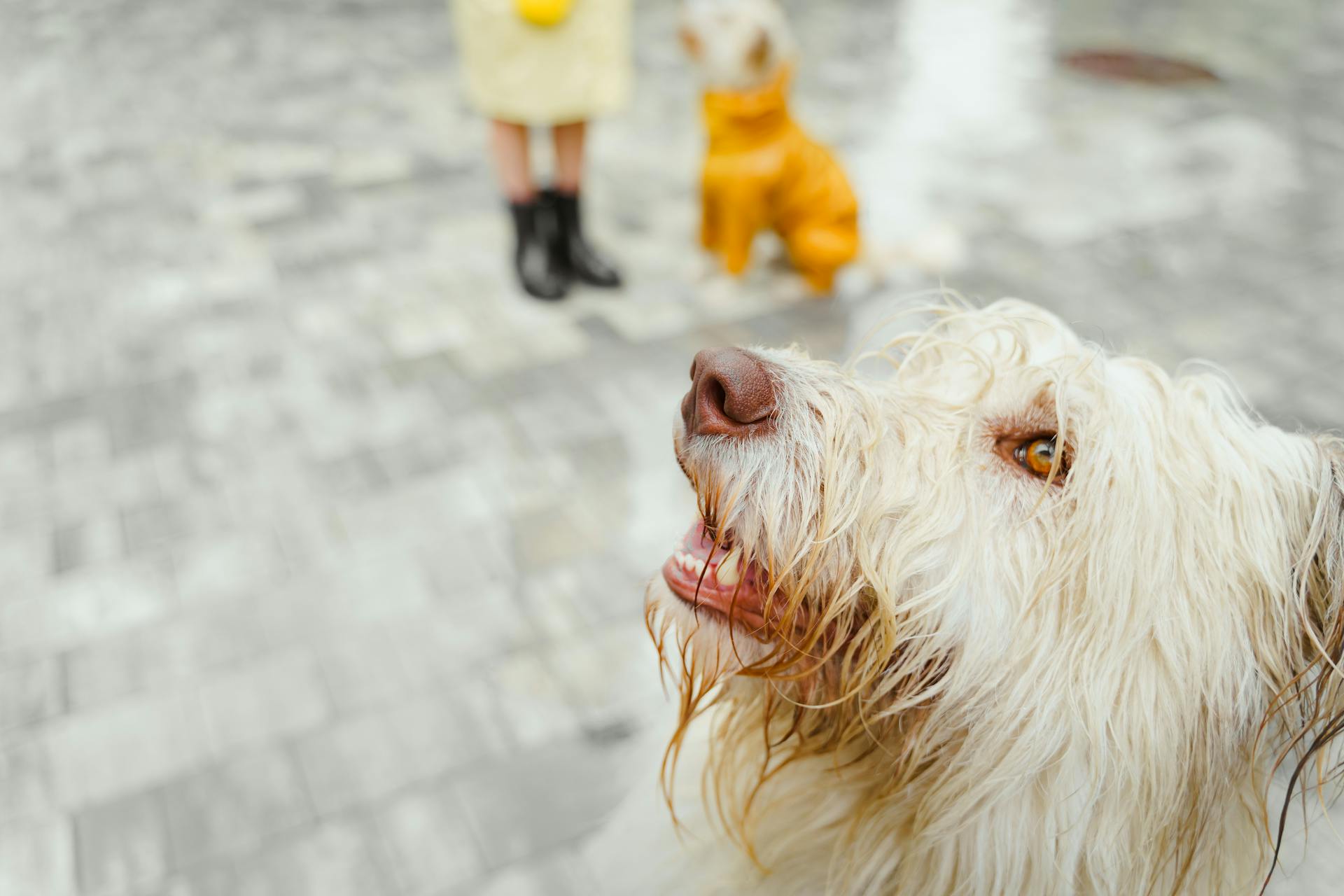
Vietnamese dogs have a rich history dating back thousands of years, with evidence of their presence found in ancient Vietnamese artifacts and literature. They were highly valued for their loyalty, intelligence, and protective nature.
The first recorded mention of Vietnamese dogs is in the Dong Son culture, which flourished from 600 BCE to 100 CE. These early dogs were depicted in bronze drums and other artifacts, showcasing their importance in Vietnamese society.
Vietnamese dogs were bred to be versatile and adaptable, with some breeds exceling as hunting companions, while others made excellent family pets. Their friendly and outgoing personalities made them a staple in many Vietnamese households.
See what others are reading: Vietnamese Dog Names
History and Origins
The Phu Quoc Ridgeback is a unique breed with a rich history. Originally a landrace, it was developed as a semi-feral companion to hunt for food and guard the homes of native islanders on the island of Phú Quốc.
The breed was first recognized by French colonists in the 19th century, who saw its distinct characteristics as a unique breed. Two Phu Quoc Ridgebacks resided at the Jardin d’Acclimitation in Paris.
Check this out: Phu Quoc Ridgeback
Historically, the breed was not purposefully bred, instead relying on random pairings in the relative isolation of island life to maintain its unique population. This led to a diverse genetic makeup, which has been confirmed by genetic studies.
Unfortunately, the introduction of non-native dogs to the island led to a decline in the breed's population, with many French writers noting that the breed was near extinction by the turn of the 20th century. Purebred examples became scarce.
Despite the near extinction, genetic studies indicate that the Phu Quoc Ridgeback population is genetically diverse.
Description and Characteristics
The Phu Quoc Ridgeback is a medium-sized dog with a hound shape, but it has a larger head and well-developed muscles. This breed is genetically and morphologically different from the Thai Ridgeback.
One of the distinctive features of the Phu Quoc Ridgeback is its tongue, which is blue in color, and its feet, which are webbed. This unique combination of characteristics makes the Phu Quoc Ridgeback a versatile hunting dog.
Description
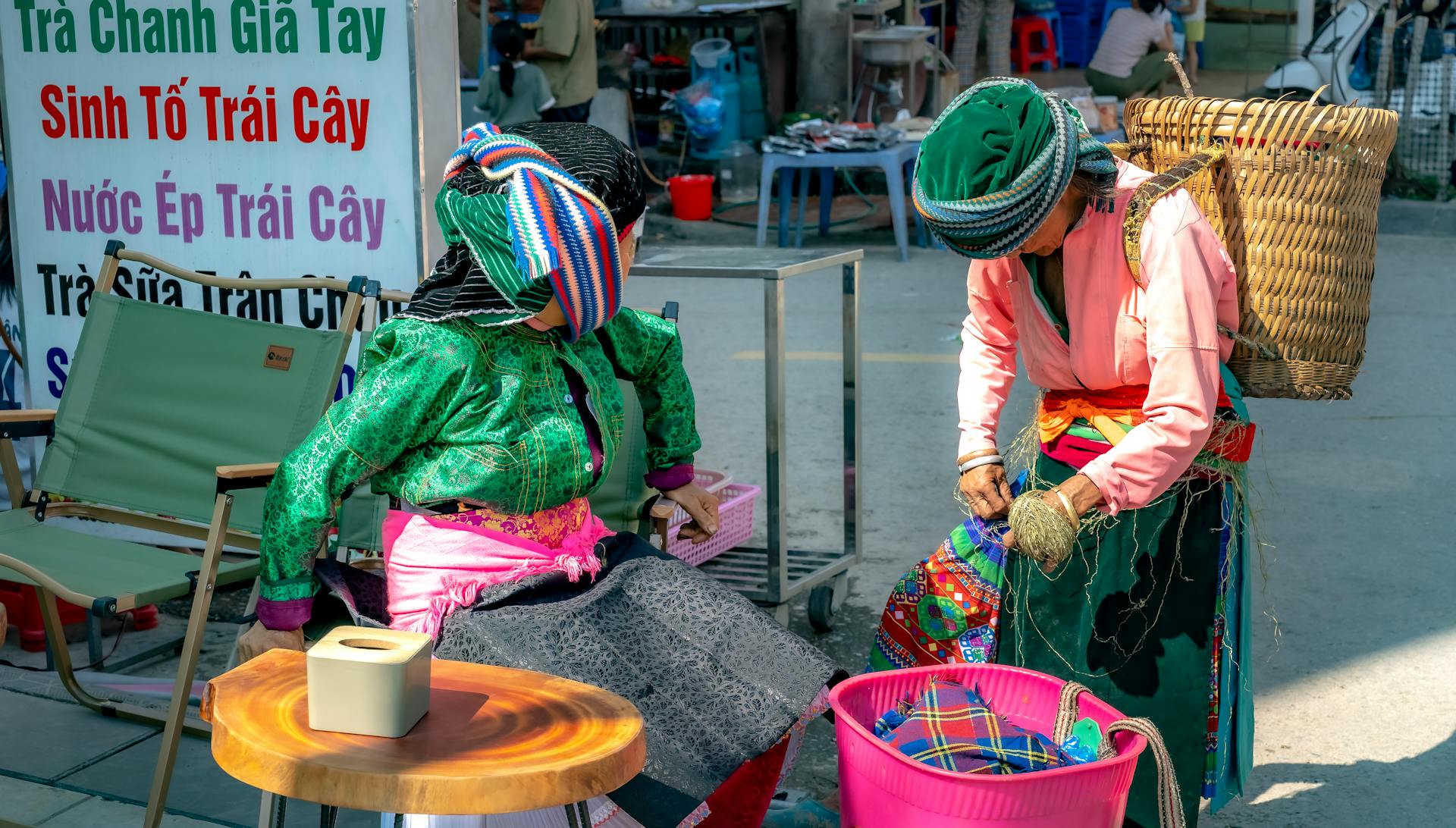
The Phu Quoc Ridgeback is a medium-sized dog with a hound shape, but it has a larger head and well-developed muscles. Its unique appearance sets it apart from other breeds.
One of the distinctive features of the Phu Quoc Ridgeback is its tongue, which is blue in color, and in some cases, the entire tongue is blue. This is a notable characteristic that sets it apart from other breeds.
The Phu Quoc Ridgeback is a versatile dog that excels in various activities, including running fast and swimming well. Its webbed feet make it an excellent swimmer.
As a hunting dog, the Phu Quoc Ridgeback is known for its ability to follow either a hot or a cold trail, making it a valuable asset in the field. It can work both individually and in packs to take down a variety of prey.
Intelligence and Trainability
The Vietnamese Hmong dog is extremely intelligent, making it simple for you to train the dog by yourself. They are natural hunters who react well to training.
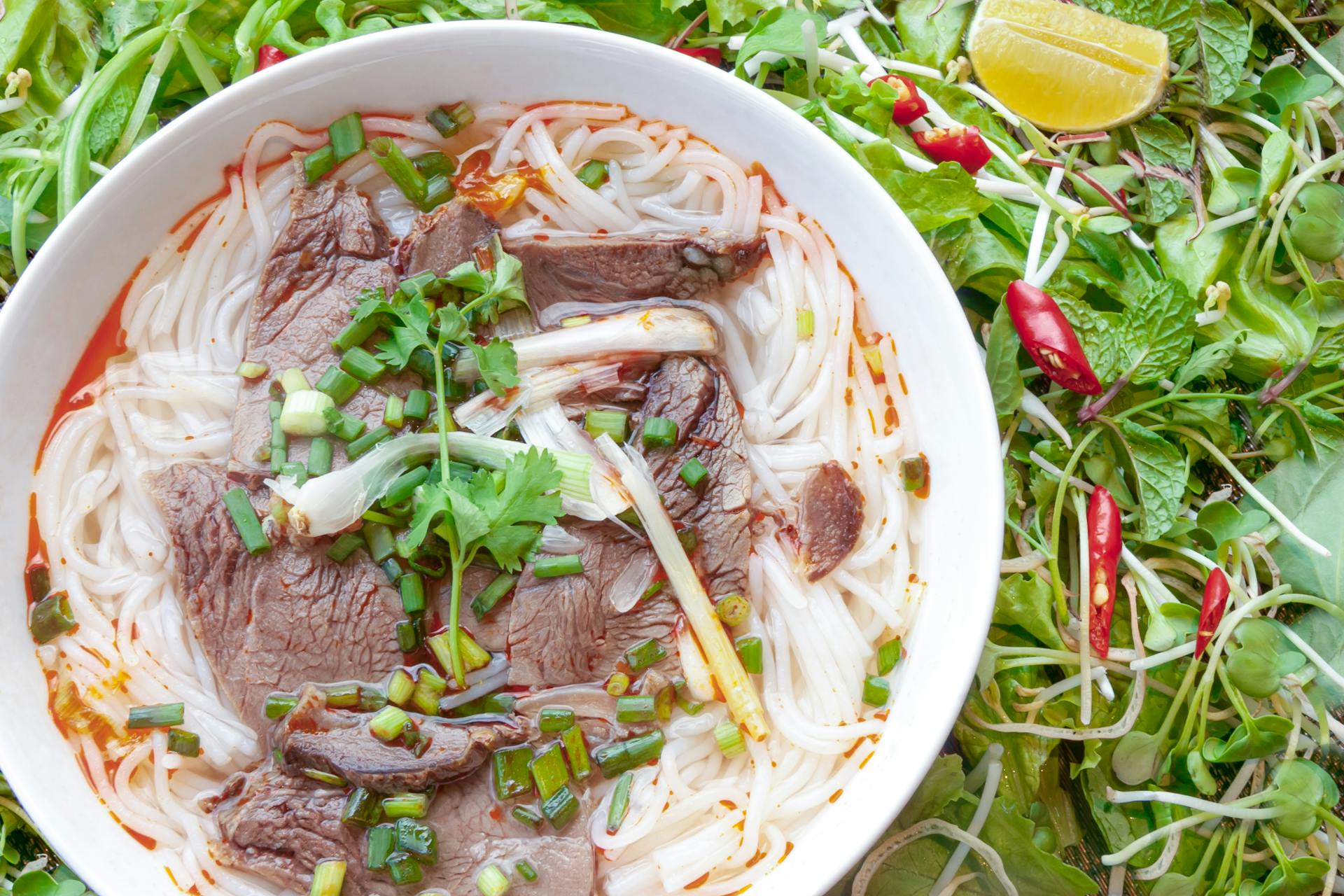
These canines are widely recognized for their intelligence and ability to catch up on commands promptly. They are self-sufficient thinkers who can be difficult at times.
Hmong dogs need early socialization to feel at ease with humans and other animals. This is crucial for them to become outgoing and gregarious.
They may be reserved towards strangers at first, but with sufficient socialization, they can become quite friendly. It's recommended to start educating them when they are very young and to keep retelling them to adults regularly.
Physical Characteristics
Vietnamese dogs are known for their unique physical characteristics. They typically have a short, smooth coat that requires minimal grooming.
Their coats can come in a variety of colors, including fawn, black, and red. The fawn color is often associated with the breed's original purpose as a hunting dog.
Their eyes are usually dark and almond-shaped, giving them a distinctive appearance.
Weight
The Vietnamese Hmong dog's weight can vary depending on its gender, with males typically weighing more than females.

Males can weigh between 35 to 55 pounds, while females usually weigh between 15 and 30 pounds.
Regular nutrition and exercise are crucial for maintaining the dog's overall health and well-being, regardless of its weight.
A balanced diet and regular physical activity can help the dog reach its ideal weight and stay healthy throughout its life.
Dogs Lifespan
The lifespan of a Vietnamese Hmong dog can be quite impressive, ranging from 15 to 20 years.
Their high endurance and strength play a significant role in their ability to live a long and healthy life.
A balanced diet, ideal physical activity, correct treatment, and care can enhance the quality of life and extend their lifespan.
Regular vet visits and high-quality nutrition can even help extend their lifespan further.
Hmong dogs don't suffer from various illnesses or inherit genetic disorders, making them a relatively low-maintenance pet.
Their strong physical characteristics also mean they're less prone to allergies, which is a plus for dog owners.
Curious to learn more? Check out: How Long Do Alabai Dogs Live
Unique Breeds
Vietnamese dogs come in a variety of unique breeds, each with its own distinct characteristics.
The Phu Quoc Ridgeback is a rare breed found only on Phu Quoc Island, where it has been isolated for centuries. This breed is known for its distinctive ridge of hair running along its back in the opposite direction of its coat.
One of the most recognizable features of the Phu Quoc Ridgeback is its short, smooth coat, which comes in a variety of colors including black, blue, and tan.
Thần Khuyển Đại Tướng Quân
The Phu Quoc dog, a breed with a rich history, is known as the "royal canine" in Vietnamese folklore.
In history, four Phu Quoc dogs were officially recognized by King Gia Long in a solemn ceremony, receiving titles not inferior to the noble titles bestowed upon the founding heroes of the Nguyen Dynasty.
These four dogs were raised by King Gia Long and accompanied him throughout his journeys, playing a crucial role in his life.
The four Phu Quoc dogs saved King Gia Long from danger twice before his ascension to the throne, helping him escape the pursuit of the Tây Sơn army and ensuring his safety.
King Gia Long conferred an honorary title upon the four Phu Quoc dogs: "Cứu khổn phò nguy Tá quốc huân thần Thần khuyển đại tướng quân", which translates to "The Great General of Divine Dogs, who saved the nation and assisted the king during times of peril."
4 Unique Dog Breeds
The Hmong dog is an energetic breed that delights in climbing and hunting in the woods and mountains. They're also highly trainable, which is why they're frequently deployed by Vietnamese police as sniffer and detection dogs.
Their adaptability to training is impressive, and it's no wonder they're a prized breed among the Hmong people. They're thought to have arisen when a native dog was paired with a jungle wolf, giving them a unique genetic makeup.
Curious to learn more? Check out: Hmong Bobtail Dog
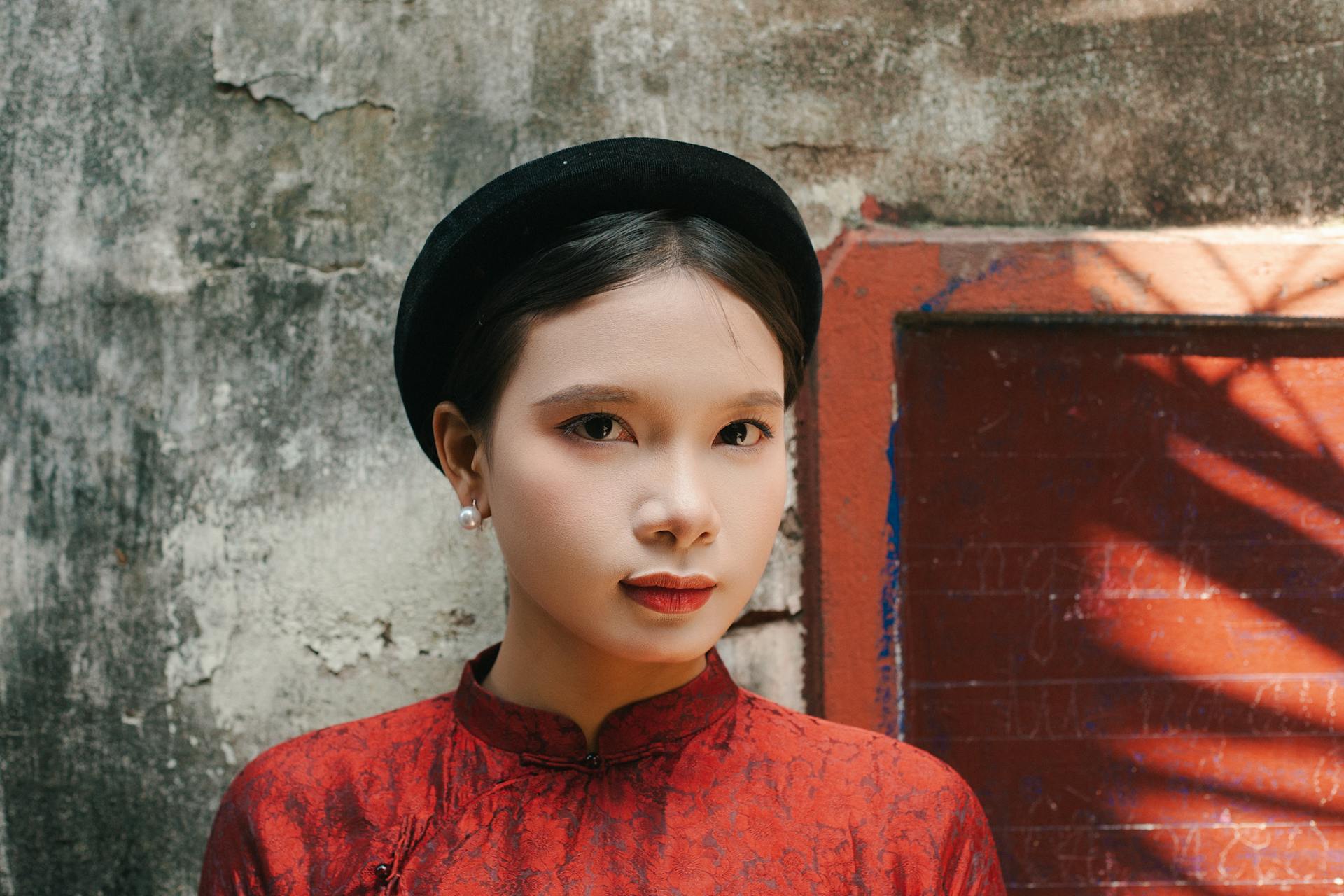
Here are some key characteristics of the Hmong dog:
The H’Mông Cộc Đuôi dog is another breed that originated in the mountains of Northern Vietnam. They're known for their exceptional memory, which enables them to remember the arduous forest and mountain roads they've traveled on.
Phu Quoc Ridgeback
The Phu Quoc Ridgeback is a unique breed that originated on Phu Quoc island in Vietnam. They're known for their athletic appearance and distinctive features, such as a long jaw, small head, and a unique "eddy" of hair on their back.
The breed has a slim build but is very agile, with webbed paw linings that enable them to run fast on the sand, swim like experts, and catch fish. They can also jump over tall gates and climb trees easily.
Phu Quoc Ridgebacks are medium-sized pets with minimal maintenance requirements, needing only a quick bath once a month and some grooming effort. They're great family members and make devoted guard canines.
Here are some key characteristics of the Phu Quoc Ridgeback breed:
They have high energy levels, so they'll need plenty of exercise and fun activities to stay stimulated, healthy, and happy.
Frequently Asked Questions
What is the rare dog from Vietnam?
The Phu Quoc Ridgeback is a rare and unique dog breed from Vietnam, known for its striking appearance and intelligent nature. Native to Phu Quoc Island, this breed is a fascinating canine species worth learning more about.
How much does a Vietnamese Hmong dog cost?
A Vietnamese Hmong dog typically costs between $1,000 and $3,000. Prices may vary depending on factors such as breeder reputation and pedigree.
Sources
- https://en.wikipedia.org/wiki/Phu_Quoc_Ridgeback
- https://www.learnaboutnature.com/mammals/dogs/hmong-dog/
- https://www.wikiwand.com/en/Phu_Quoc_Ridgeback
- https://saigoneer.com/natural-selection/20652-ch%C3%B3-the-four-national-breeds-of-vietnamese-doggos
- https://www.dogster.com/dog-breeds/vietnamese-dog-breeds
Featured Images: pexels.com

